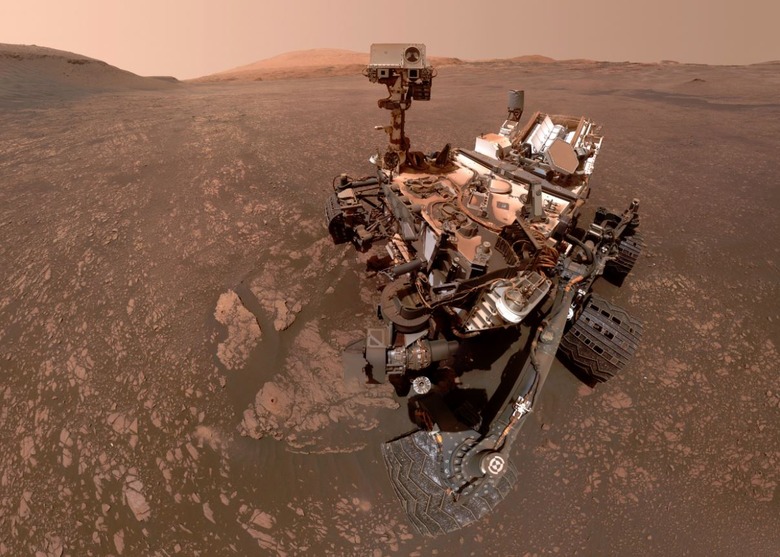NASA Wants You To Help It Navigate The Surface Of Mars
- NASA now lets you label images snapped by its Curiosity rover to help it and future Mars missions navigate the Red Planet's surface.
- The tool, called AI4Mars, can be accessed online via a web browser.
- Labeled images will be combined to generate a consensus on areas of the surface that appear safe and those that should be avoided.
Mars is an incredibly interesting place not only for scientists but for casual science lovers and space fans in general. With the Curiosity rover hanging around on the Red Planet's surface, we're regularly treated to some really stunning images, but actually participating in the mission isn't usually possible for the vast majority of us. That just changed.
NASA just launched a new program called AI4Mars that allows anyone and everyone to help guide the Curiosity rover on its journey across the planet. You can access the tool through your web browser, and it's an incredibly cool way to burn a few minutes while helping further humanity's knowledge of our nearest Earth-like neighbor.
Now, you won't be able to actually steer the rover yourself. That would be ridiculous and NASA obviously can't trust a bunch of random people to make good decisions with its priceless piece of Mars-exploring hardware. However, the AI4Mars tool does let you label various pieces of the Martian terrain. You can label rocks, sand, soil, and other features that the rover should either gravitate toward or attempt to avoid.
Your labels will be fed into a database along with observations from others using the same tool. After crunching all the data, the program should have a consensus on what the rover is seeing. This will help NASA's Curiosity team and the rover itself to better understand what it sees.
NASA describes the AI4Mars effort as follows:
You'll be using your superior cognitive and artistic abilities to label images from the Curiosity Rover, collectively creating the first open-source navigation-classification dataset of the Red Planet It will be used – like the cityscapes dataset – by teams to train rovers to understand Martian environments, laying the way for future missions to unlock the secrets of our nearest neighbor!
It's a pretty cool way to contribute to NASA's Mars missions without having to be smart enough to get a job at the space agency (we all know we'd fall short).
NASA's Perseverance rover is currently scheduled for launch on July 20th. The first launch date, July 17th, had to be pushed back slightly due to issues not related to the rover itself, but NASA still fully intends on launching the mission on time. Recently, the space agency suggested that even if new issues pop up, the launch window could be stretched as far as August 15th to ensure the Perseverance makes it to Mars by 2021.
